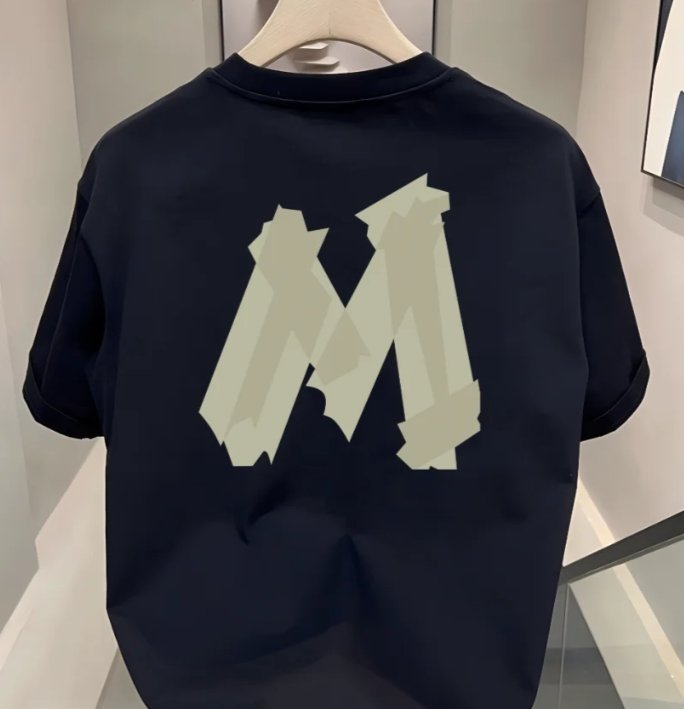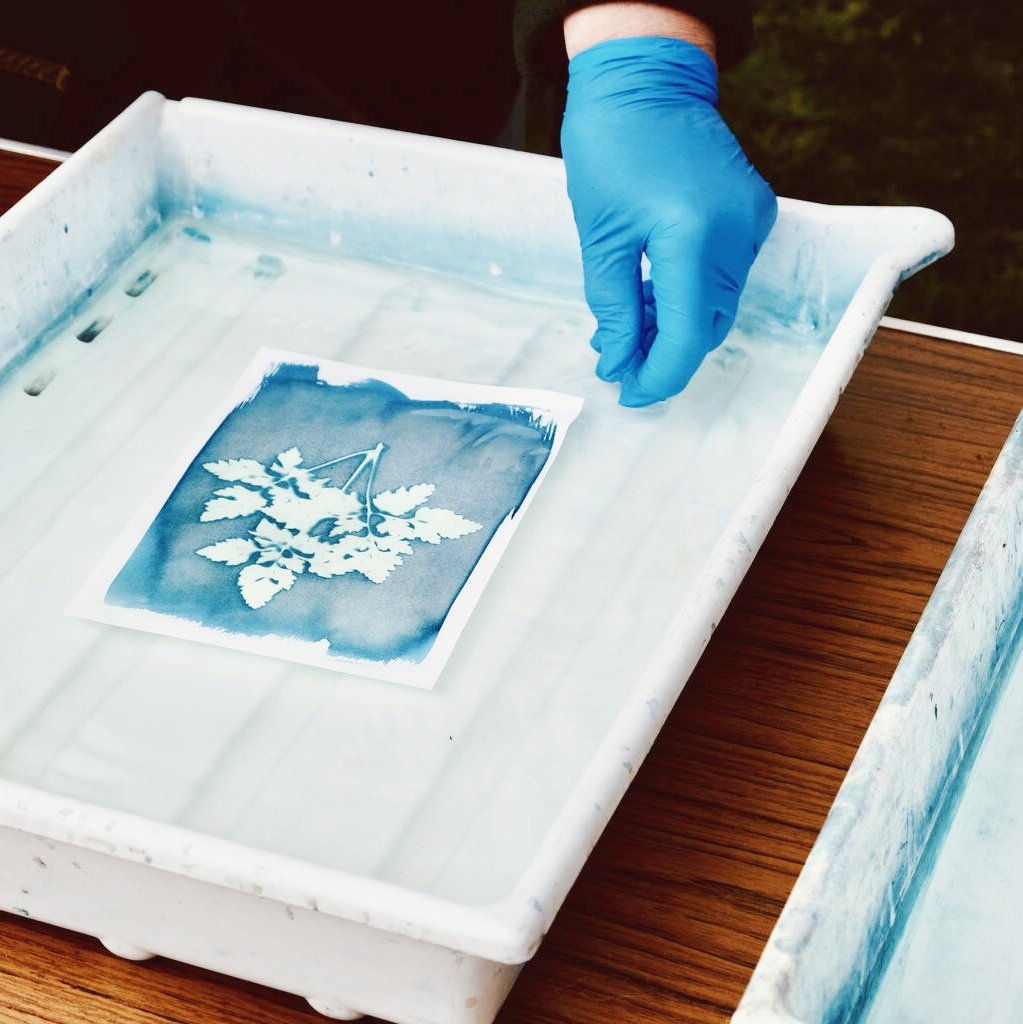In the vast world of textile printing, ink choice is paramount to achieving the desired aesthetic and durability. Among the myriad options available, mint plastisol ink stands out for its vibrant color and versatility. This article delves into the question of whether mint plastisol ink can be used on various fabric types, exploring its compatibility, application processes, and the role of mineral spirits in the process. We’ll also touch on mixing plastisol inks, including the art of creating skin tones and blending black and white to achieve perfect hues. Read on to discover the full potential of mint plastisol ink.
Understanding Mint Plastisol Ink
Mint plastisol ink, characterized by its distinctive mint green hue, is a type of ink widely used in screen printing. Unlike water-based inks, plastisol inks are thick and pasty, requiring heat to set onto the fabric. This process results in vibrant, durable prints that are resistant to fading and washing out. Mint plastisol ink is particularly popular due to its refreshing color, which adds a touch of freshness to any design.
Mint plastisol ink is composed of pigment suspended in a plastic resin carrier. When heated, the resin melts and adheres to the fabric fibers, creating a flexible and long-lasting print. This unique formulation allows mint plastisol ink to be used on a wide range of fabrics, from cotton and polyester to blends and synthetics.
Compatibility with Different Fabric Types
One of the most appealing aspects of mint plastisol ink is its versatility across various fabric types. Whether you’re working with natural fibers like cotton or synthetic materials like polyester, mint plastisol ink delivers consistent results.
Natural Fibers:
- Cotton: Known for its absorbency, cotton fabrics take mint plastisol ink well, providing a smooth and even print. The ink’s thick consistency ensures it doesn’t seep excessively into the fabric, maintaining a crisp outline.
- Linen: Similar to cotton, linen’s texture allows mint plastisol ink to adhere effectively, resulting in high-quality prints.
Synthetic Fibers:
- Polyester: Synthetic fibers like polyester offer a smooth surface that’s ideal for mint plastisol ink. The ink’s plastic base adheres well to polyester, creating vibrant and durable prints.
- Nylon: Nylon’s durability complements mint plastisol ink, ensuring the prints retain their color and quality over time.
Blends:
- Cotton-Polyester Blends: These fabrics benefit from the best of both worlds—cotton’s absorbency and polyester’s durability. Mint plastisol ink works seamlessly with these blends, producing prints that are both vibrant and long-lasting.
- Spandex/Lycra: While stretch fabrics can be challenging, mint plastisol ink maintains its flexibility when applied correctly, allowing for prints that move with the fabric without cracking or fading.
The Role of Mineral Spirits in Plastisol Ink
Mineral spirits, a petroleum-based solvent, play a crucial role in the handling and application of mint plastisol ink. Used primarily as a thinner, mineral spirits help adjust the ink’s viscosity, making it easier to work with during the screening process.
When mixed with mint plastisol ink, mineral spirits allow for a smoother flow through the screen, reducing clogging and ensuring a more even print. However, it’s essential to use mineral spirits sparingly, as too much can weaken the ink’s color intensity and durability.
Proper ventilation and safety measures are crucial when handling mineral spirits, as they are flammable and can have adverse health effects if inhaled or ingested. Always follow manufacturer guidelines and safety protocols when using mineral spirits with mint plastisol ink.
Mixing Plastisol Ink to Create Unique Colors
The versatility of mint plastisol ink extends beyond its compatibility with various fabrics; it can also be mixed to create a myriad of colors. This includes mixing mint plastisol ink with other shades to achieve specific hues, such as skin tones or custom colors.
Mix Plastisol Ink to Make Skin Color:
Creating realistic skin tones requires precision and an understanding of color theory. By blending mint plastisol ink with appropriate shades of pink, peach, and brown, you can achieve a range of skin tones that cater to diverse clientele. This process often involves trial and error, but with practice, you can perfect your skin tone mixes.
Mixing Black and White Plastisol Ink:
One of the most fundamental mixing techniques involves blending black and white plastisol inks to create various shades of gray. This skill is essential for creating neutral backgrounds, shadows, and highlights in your designs. By adjusting the ratio of black to white, you can achieve a gradient of grays that can be used to enhance the overall design.
Moreover, blending mint plastisol ink with black or white can yield unique tones, such as a darker mint or a pastel green. Experimenting with these combinations can lead to striking and original designs.
Application Techniques for Mint Plastisol Ink
Achieving optimal results with mint plastisol ink requires mastering proper application techniques. Here are some key steps to ensure successful printing:
- Preparation:
- Ensure the fabric is clean and free of dirt, oils, or previous treatments that could affect ink adhesion.
- Pre-treat the fabric if necessary to enhance ink absorption and durability.
- Screen Setup:
- Use a high-quality screen with the appropriate mesh count for the desired print detail.
- Coat the screen with a suitable emulsion and expose it to create the desired stencil.
- Ink Application:
- Load the ink onto the screen using a squeegee.
- Apply even pressure with the squeegee to push the ink through the stencil onto the fabric.
- Use multiple passes if necessary to build up ink coverage and achieve the desired opacity.
- Drying and Curing:
- Allow the ink to dry naturally or use a flash dryer to speed up the process.
- Cure the ink with a heat press at the recommended temperature and time to ensure it sets properly onto the fabric.
Conclusion
In summary, mint plastisol ink is a versatile and robust option for printing on a wide range of fabric types. Its compatibility with natural and synthetic fibers, combined with the ability to mix and create unique colors, makes it a favorite among textile printers. By understanding the role of mineral spirits in ink handling and mastering application techniques, you can achieve high-quality prints that are both visually appealing and durable.
Whether you’re looking to create vibrant designs on cotton T-shirts or subtle hues on polyester blends, mint plastisol ink offers the versatility and performance you need. With its fresh and refreshing color, mint plastisol ink is a standout choice for adding a touch of uniqueness to any fabric printing project.



